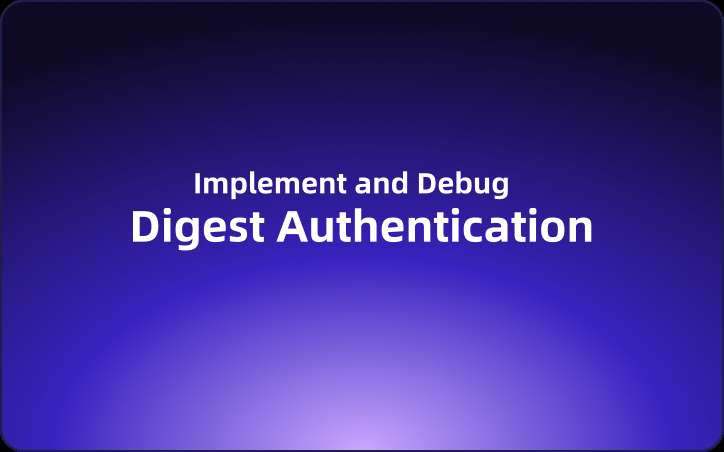
 EchoAPI for VS Code
EchoAPI for VS Code
Ultra-lightweight API debugging tool for VS Code




 EchoAPI for VS Code
EchoAPI for VS Code

 EchoAPI for IntelliJ IDEA
EchoAPI for IntelliJ IDEA

 EchoAPl-Interceptor
EchoAPl-Interceptor

 EchoAPl CLI
EchoAPl CLI
 EchoAPI Client
EchoAPI Client👏 Scratch Pad Supported ! 🚀 Design, debug, and load-test your API 20x faster !
 API Design
API Design
 API Debug
API Debug
 API Documentation
API Documentation
 Mock Server
Mock Server



